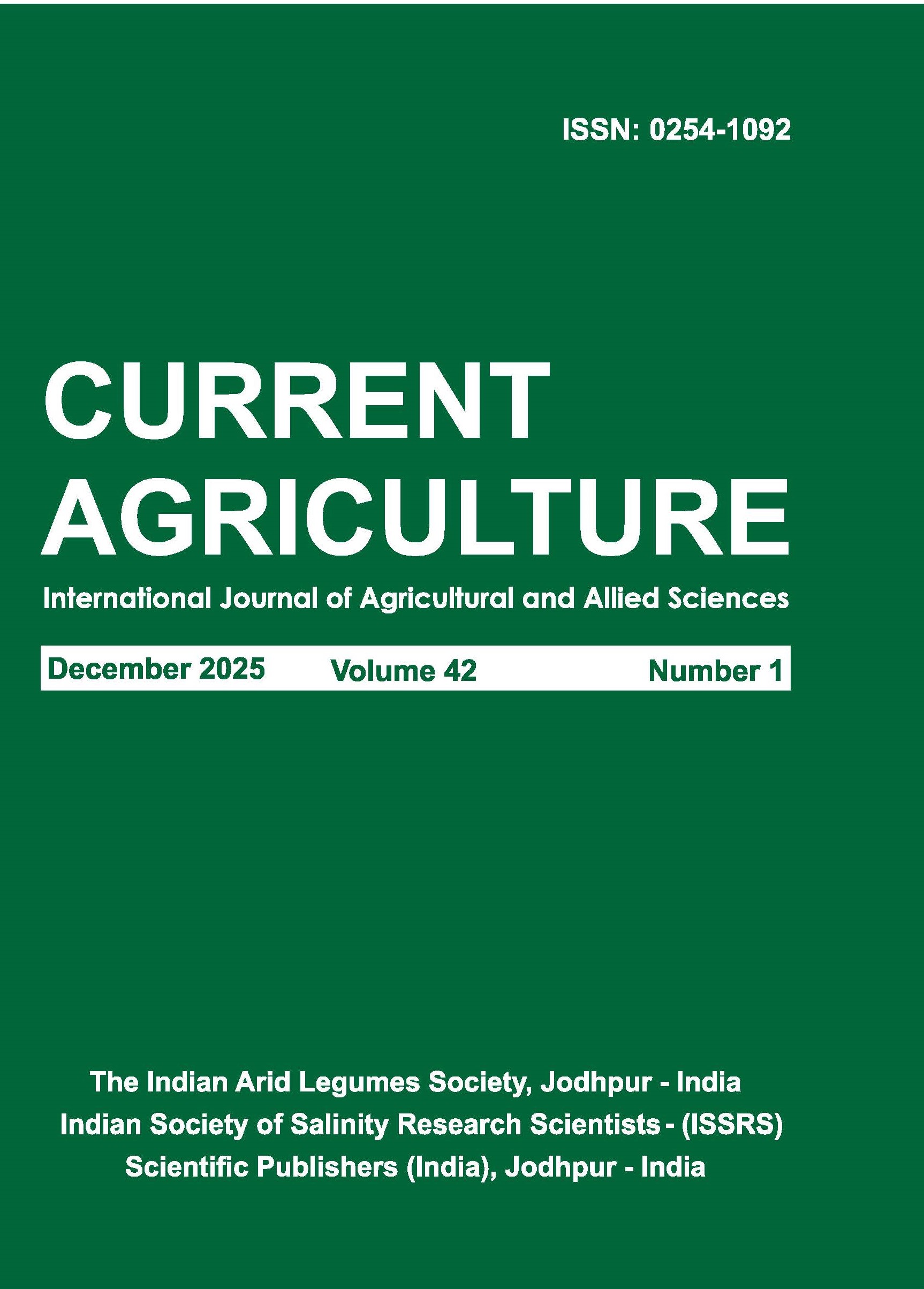Minor pulses, commonly known as the crops of dry habitats, are characterized with low cost, source of livelihood security of financially ridden, arid peasants and farmers. For convenience, five legumes viz., moth bean or dew bean, cowpea or lobhia, horse gram or kulthi, rice bean and several others, form a group of crops generally referred to as minor pulses in India. The crops provide nutritious green fodder, green vegetables, being used in many secondary products are adapted to dry habitats. These virtues have made these crops from being locally and regionally important to front running dry land crops of great economic significance. Main obstacle is poor productivity of these legumes resulting is from poor source-sink relationship. In other words, there is too much biomass production but conversion is poor. The plant type is generally suiting for survival values not for productivity virtues. Second most important biological defect is, their long maturity, subjecting the crops to terminal stress, leading to poor adaptation and production. There are few but important diseases also which, during congenial conditions may cause heavy yield losses. Thus, to bridge the gaps between being realized and realizable yields of these crops, immediate biological and management remedial measures are required to be taken-up. In view of above, attempts have been made to expose virtues, prospects and ways forward to make minor pulses, particularly moth bean and horse gram more adaptive and productive in harsh environmental situations



